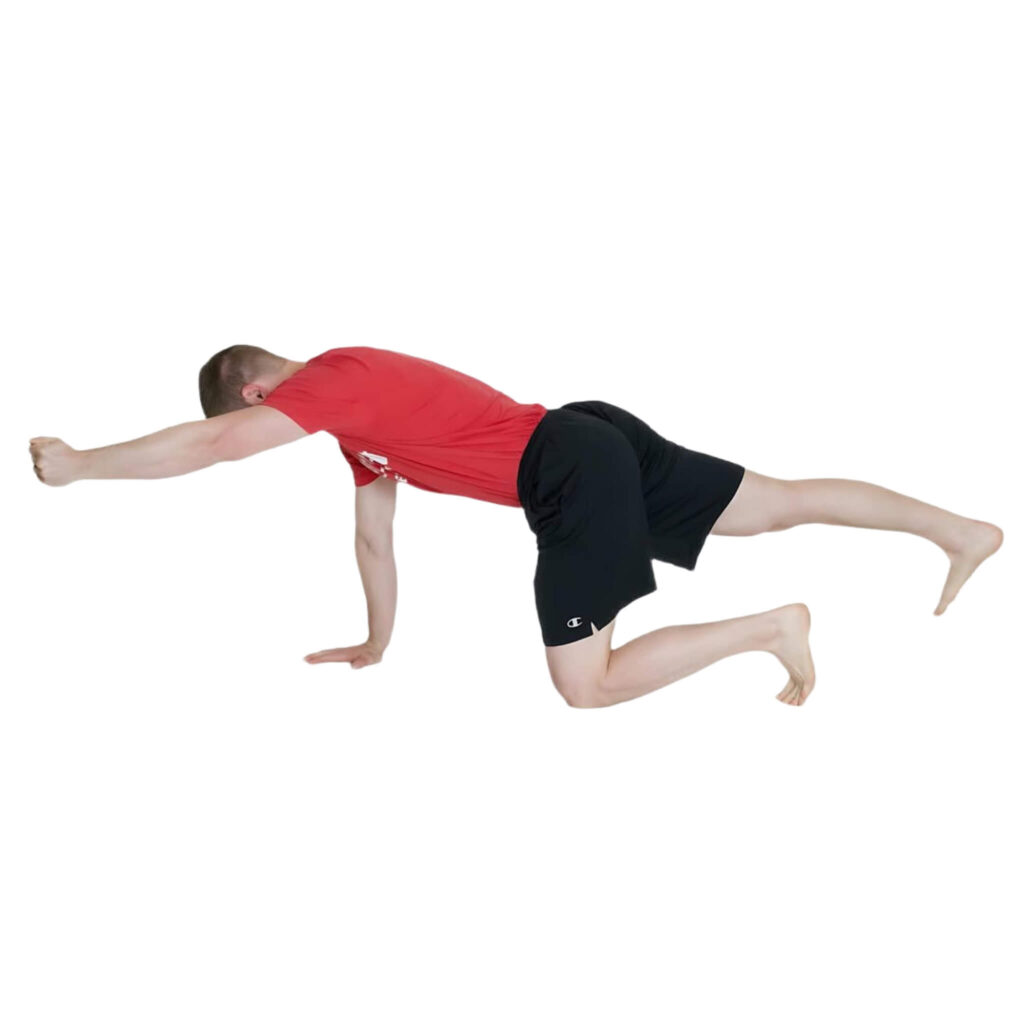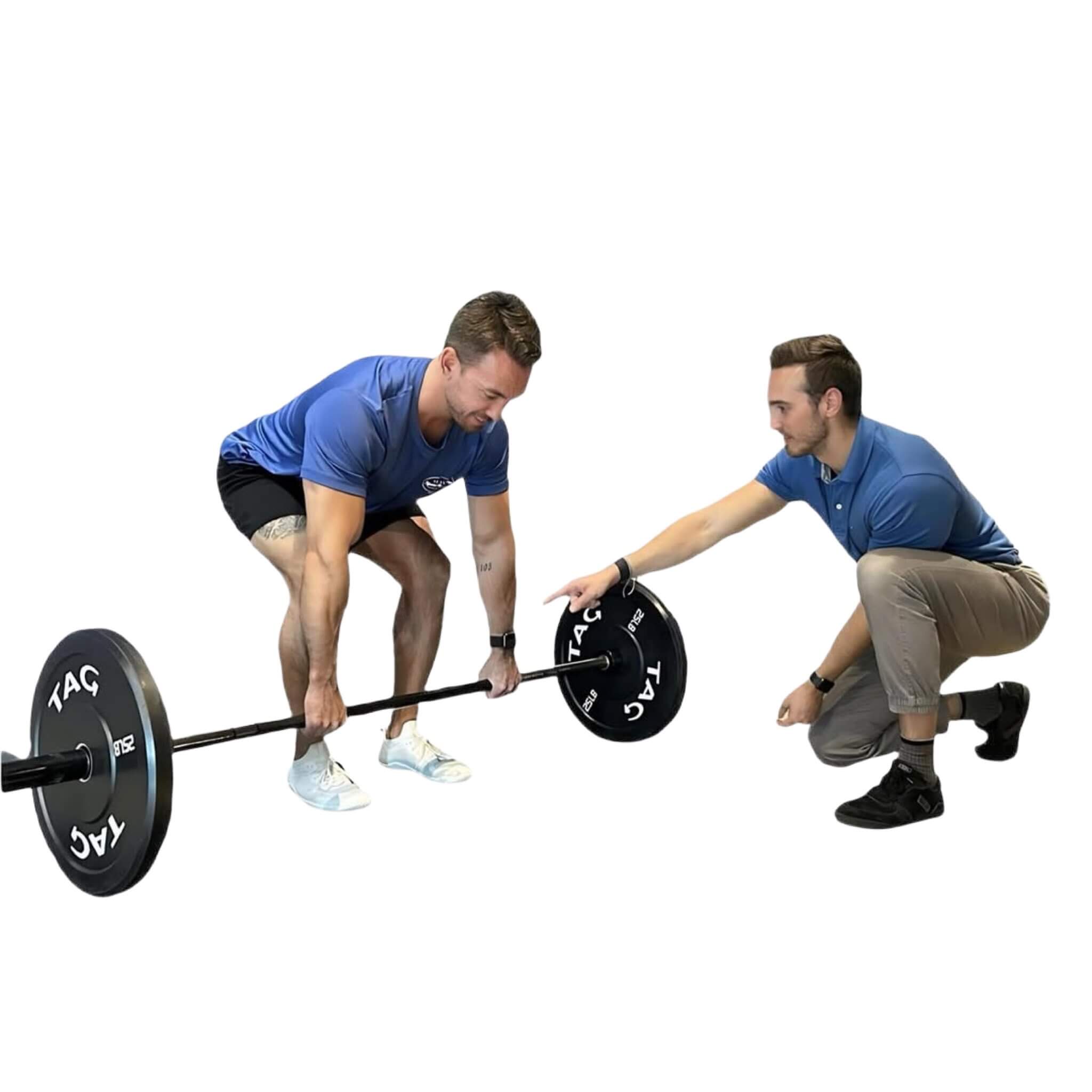Your neighbor swears by yoga. Your coworker tells you to brace your core and never twist again. A stranger on social media insists McKenzie press-ups changed their life.
Here’s the curious part—most of these “fixes” seem to help people. So why is that? Is one of them truly the answer, or is there something else going on?
Let’s unpack this together.
⸻

Different Experts, Different Plans
If you search for back pain advice online, you’ll quickly find yourself swimming in different systems and philosophies.
•McGill’s Approach: Dr. Stuart McGill, a well-known spine researcher, suggests bracing your core and avoiding too much bending. His “Big 3” exercises—bird-dogs, side planks, and curl-ups—are simple, safe, and give you something to do when you’re scared to move.
•McKenzie Method: This method emphasizes press-ups and back extensions. It looks intense, but for many people, it feels empowering—like you’re finally fighting back against the pain.
•Foundation Training: This program focuses on posture and breathing. It teaches you to hinge from the hips, expand your ribcage, and “own” how you stand and move. It feels elegant and oddly convincing.
•Other Systems: DNS, MoveU, Gokhale, and countless others all have their own language, techniques, and loyal followers.
Different brands. Different theories. Yet many people report feeling better with any of them.
⸻
So Why Do They All Work?
Here’s the truth:
It’s not that these exercises are magical or unique. It’s that they don’t “poke the bear.”
In other words, they calm your nervous system, avoid irritating the sensitive tissues in your back, and give you confidence to move again.
Pain is complicated. It’s not just about muscles or discs. Your nervous system plays a huge role. When it feels threatened, it tightens up, sends out warning signals, and makes even small movements feel risky.
What these different methods have in common is:
They feel safe.
They give you structure.
They help you take action.
And that’s often enough to nudge your system out of fight-or-flight mode and start the process of healing.
⸻

Why the Story Matters
Every method comes with a story:
•“Your core isn’t strong enough, so let’s brace it.”
•“Your posture needs fixing.”
•“Your joints are misaligned; we’ll reset them.”
These stories can be motivating—but they can also create fear if we’re not careful. Words like “instability” or “misalignment” sound helpful, but they sometimes act like a nocebo (a negative suggestion) that increases fear and tension over time.
The goal isn’t to find the perfect story. It’s to find one that helps you feel safe, capable, and ready to move again.
⸻
So What Really Helps?
The truth is that most back pain improves with:
Time – Your body is designed to heal.
Safety – Movements that don’t make your nervous system panic.
Structure – A plan that helps you rebuild confidence and strength.
Walking and simple strengthening exercises are often the unsung heroes. They’re low-tech, but they work.
⸻
The Bottom Line
There’s no magic bullet for back pain. There are just tools to calm the storm, restore confidence, and help you move without fear.
The art of rehab is giving you enough structure, enough safety, and a story you’re willing to believe—while your body does what it’s designed to do: heal.
You don’t need to be fixed. You need to be supported as you recover.

